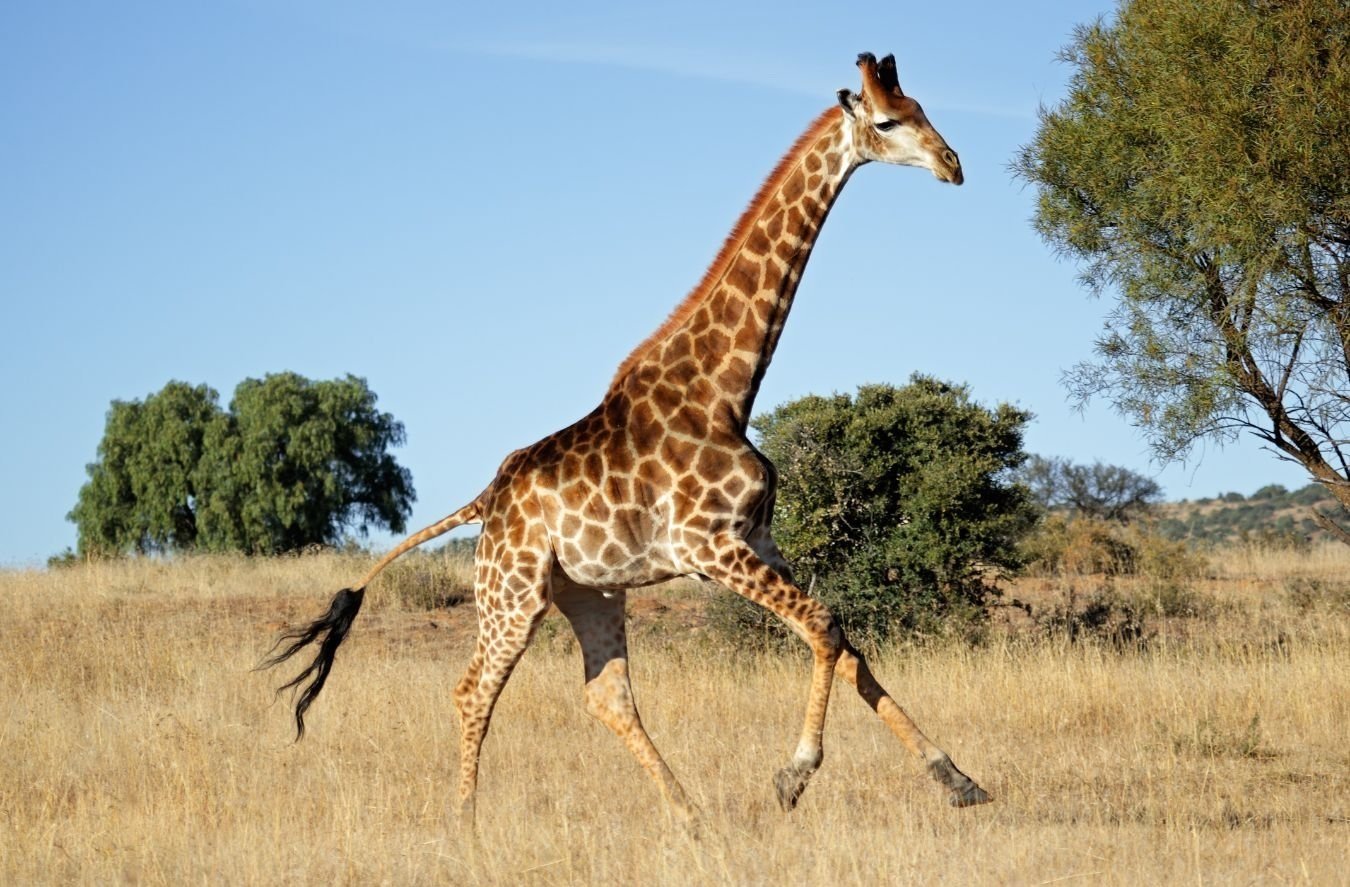5 Fun Facts about Giraffes! 🦒
Did you know that a group of giraffes can be called a tower, journey, kaleidoscope, or a herd?
Did you know that giraffe hearts can weigh up to 25 pounds? They need large hearts to be able to fight gravity and pump blood all they up to their heads. They also have 4 stomachs to help them digest all the plants they eat (like cows)!
5 Fun Facts about Giraffes 🦒
We all know that giraffes are tall, but how much do you really know about these critically endangered species? Here’s some interesting facts about them to get you started:
Giraffes are the tallest land animals on Earth! Adult males can grow up to 18 feet tall, and when they’re born, newborn giraffes are already 6 feet tall! But what’s impressive is that even though they’re so much taller than humans, we actually have the same number of vertebrates in our necks (but each of the giraffe’s vertebrates are obviously much larger)!
Giraffe tongues can grow up to 20 inches long! This helps them grab leaves when they’re eating from trees. Also, if you’ve ever been surprised when they stick out their tongues to see that their tongues are black - scientists believe this might be to protect their tongues from sunburn.
Feeling sleepy? Giraffes sleep less than 30 minutes a day! And even these 30 minutes come in short bursts, sometimes as short as just 2 minutes at a time! They have one of the shortest sleep cycles in the entire animal kingdom, and they often sleep standing up. This is because they need to stay alert to avoid predators.
Giraffes communicate using infrasound which is too low for humans to hear. They also communicate by positioning their eyes and using prolonged stares to warn other members of their herd of danger.
You can read more about how they communicate here:
Although they seem awkward, giraffes are great runners and can run up to 38 miles per hour in short bursts, and can cruise at 10 miles per hour for longer distances. They way they run is also unique - they move both left legs together, and then both right legs (rather than alternating like most animals). This makes them graceful runners, despite their size.
Here’s a great article about how they move (and jump!):


